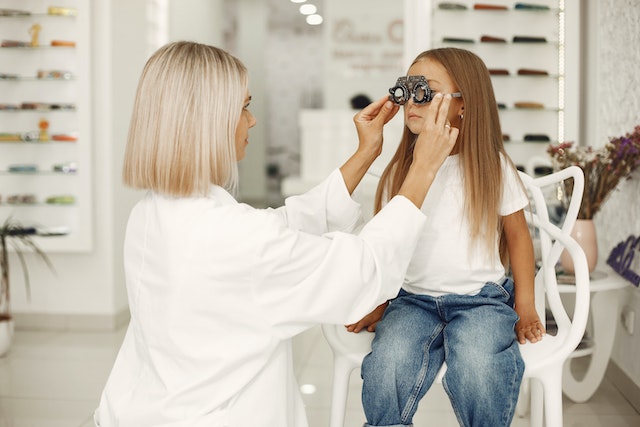The Five Styles of Communication
One of the most important skills that a person must have is the ability to communicate effectively. Communication is more than just words; it also encompasses body language, tone, actions, and more. Effective communication requires understanding your own strengths and weaknesses as well as those of others on your team.
The five main styles of communication are assertive, aggressive, passive, passive-aggressive, and manipulative. Each style has a specific way of communicating that can help the person to achieve their goal.
According to Dr. Jordan Sudberg, knowing the strengths and weaknesses of the different communication styles can help you understand how to communicate with each person on your team, improve inter-team communication, and set boundaries for how you should be treated.
Assertive Communication
The most common style of verbal communication is assertive. This style allows the person to express him or herself in an honest and direct manner, also allowing others to express themselves honestly and directly as well. Assertive communication is honest, clear, and direct about the speaker’s feelings and expectations. This style is great for communicating when you have something important to say, but it’s not great if you are in a situation where a lot of emotion is involved since people who communicate assertively may bring up topics that are upsetting or uncomfortable.
Aggressive Communication
This style allows the person to express him or herself strongly and effectively, which helps them communicate their needs and opinions. It can have the opposite effect, however, which is why it is sometimes referred to as “micromanaging” or “bullying.” This style of communication includes aggressive body language such as pointing and glaring, interrupting or criticizing others.
When you communicate aggressively, you focus on getting what you want. You may be very direct in the way that you talk to others and can sound like a know-it-all.
Passive Communication
This type of communication allows the person to express him or herself in a way that is diplomatic and non-confrontational. It’s the opposite of aggressive, which means this style isn’t always easy to understand. For example, passive people don’t speak up unless they are asked questions or feel as though their opinion is being listened to.
When communicating passively, you may appear unconcerned with what other people have to say and you may seem overly excited about insignificant details.
Passive-aggressive Communication
The passive-aggressive style of verbal communication allows the person to express him or herself openly and honestly, but with a subtle undercurrent of hostility. This style is almost always directed at someone else and usually involves passive-aggressive behavior such as ignoring something or saying something in a shamefully manipulative way. Passive-aggressive communicators won’t say what they really mean or may keep the message worded in such a way that it can be interpreted several ways.
Individuals who use the passive-aggressive style may have trouble standing up for their own needs and goals. This style of communication is negative, draining, and damaging to relationships.
Manipulative Communication
At the other end of the spectrum from passive-aggressive communication is manipulative communication. Manipulative people will do anything to get their needs met and are willing to lie, cheat, manipulate, or blame others in order to get what they want. They may be obnoxious, touchy, and over-sensitive in order to get their needs met.
People who use manipulative tactics will have others do their dirty work for them, even though they are willing to take all the credit for themselves when things go well.
Communicating Effectively
Understanding how the different styles of communication work can help your team work more effectively together.
Using the five styles of communication to communicate with your team sends a message that you value their opinions, and that you trust them to tell you when something is wrong. It also creates a sense of camaraderie within the team since everyone’s opinions are valued and respected.
Dr. Jordan Sudberg stresses that communicating with confidence will improve your ability to successfully negotiate, delegate, and handle conflict constructively.









